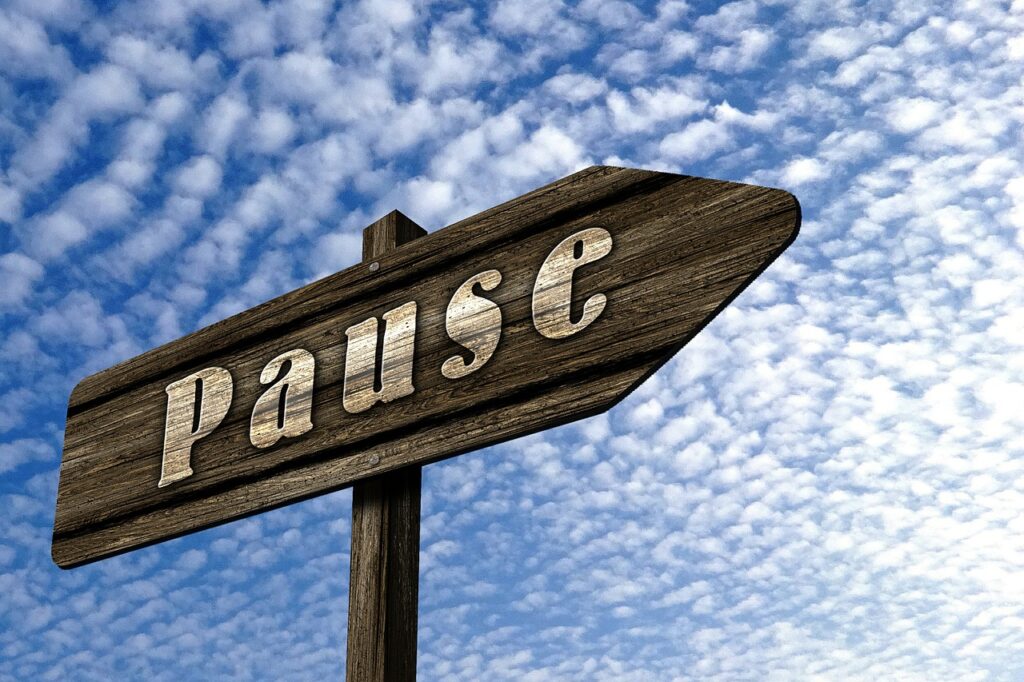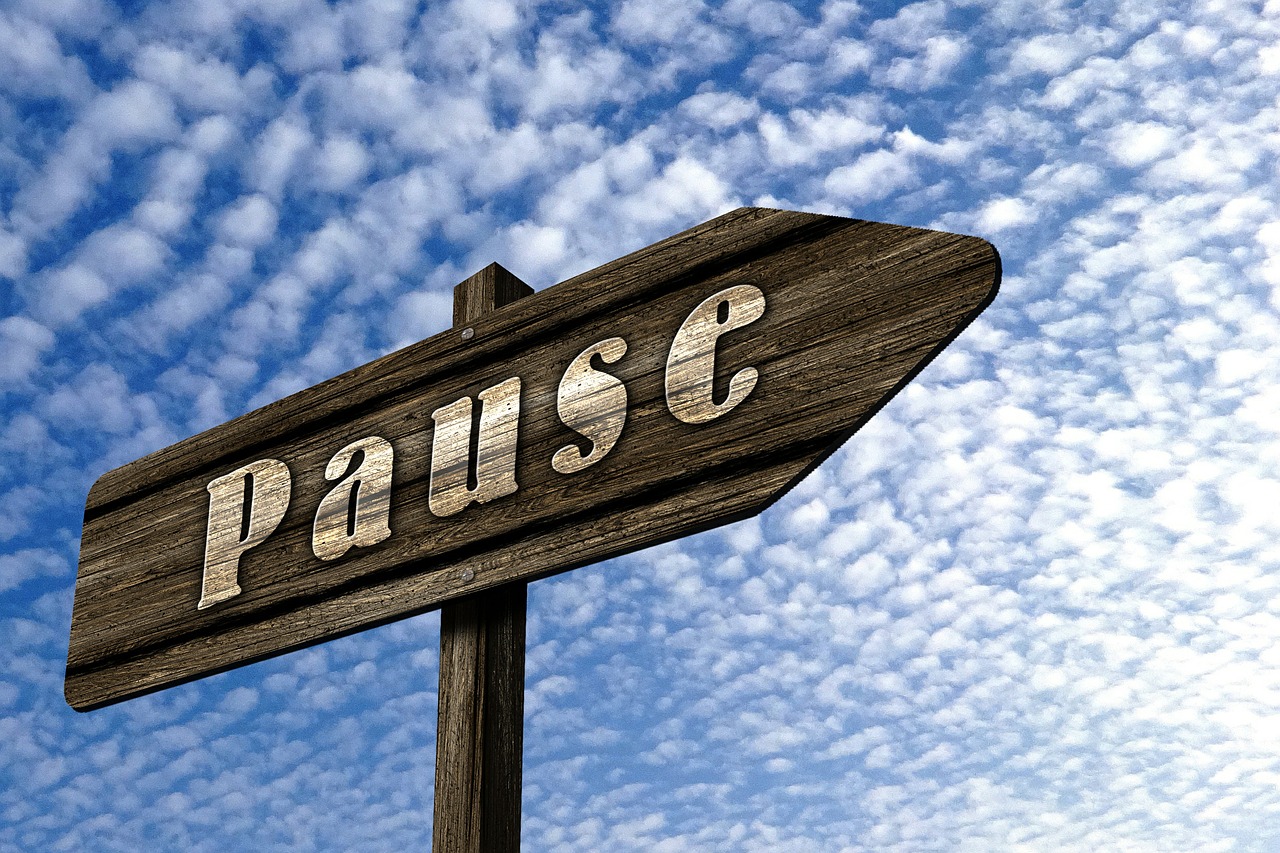
Four Techniques To Remember Who We Are
 There are countless techniques we can use to regain our felt sense of who we are at the level of our core self. Let us discuss four of these now.
There are countless techniques we can use to regain our felt sense of who we are at the level of our core self. Let us discuss four of these now.
1. Re-orientation
We get confused about “who we are” in the first place because of where and what we attune to. We tend to look externally and materially, rather than internally and subtly. This is a matter of direction, and so it is direction that needs to shift. Re-orienting to that which feels inner and most intangible is the direction to which we need to turn.
2. Meditation
I am going to describe meditation perhaps differently than other writers. Consider meditation the act of choosing where to place one’s attention and for how long. It is attending and being present to what it is we seek to know.
The type of meditation selected will depend on the goal of the meditator. For instance, if we want to practice attending inwardly, then we might initially choose to focus on either our breath, heart beat, thoughts, emotions, or physical sensations. We can choose to observe the rhythm of the in-breath and out-breath, the rate of the heart beat, or the pattern/themes of current thoughts or emotions. Or, we can choose to become aware of the sensation of our breath at the nostrils, the felt sense of our heart beat, or the way various types of thoughts create specific emotional and physical responses (i.e. movements) in the body.
In the beginning, it is normal to find it difficult to sustain such an intentional focus. We don’t judge ourself for it; we simply catch ourself off-task, and then we get ourself back to attending to whatever it was we were attending to originally. When we first become aware of our thoughts through meditation, we most commonly find that our thoughts are all over the place, scattered in random directions, and easily distracted by external happenings. With practice, we do get better at attending to the object of our focus. For instance, core self. And for increasingly longer periods of time.
Even one minute of sustained focus in the beginning is progress. Eventually, we find we are able to sustain a focus for five minutes. Then twenty minutes, and longer and longer still. With practice.
To change our neural networks, and develop a “new normal” pattern or habit, we really have to practice daily. At least.
To achieve what we want to achieve, like getting in touch with self, we may need to practice several times a day, for instance, several minutes each in the morning, afternoon and evening. As we become more proficient at our meditation, we may notice that silence has begun to prevail as our new normal way of being inside, as we go about our day. The chaotic chatter of the mind has given way to spaciousness.
Having established this type of inner silence or stillness is in itself a milestone achievement, one that prepares us to experience the core self, the soul self, as a daily way of life. For example, from the space of inner silence, we can mindfully choose to listen, openly to our entire inner sense of being. We might then scan our inner sphere for any words, impressions, or incentives that come from within, from the core or root of our being. Prepared to listen, to recognize and to dynamically engage with this aspect of being, we inevitably succeed. If you have never meditated before, try this: Aim to listen in this very moment to whether or not you can hear birds chirping nearby, and I mean truly listen, right now…………. ……………Did you hear any birds? As you stopped what you were doing to listen, was there anything else in your mind? Or, did your mind come to complete stillness? If you were listening, really listening, then the mind was silent, open and receptive. It was prepared to hear, to receive information.
This is the quickest style of meditation I know to get the mind in a state of stillness. Listening.
Once you have prepared yourself to listen, you are ready to hear and receive. It is then time to ask for the information you are seeking within. Who am I? What am I here to do? What are my core qualities? These are the type of contemplative questions we may ask. Expect that answers will bubble up, like from the bottom of a glass of champagne. They will rise to the surface of your awareness, even if it initially takes practice.
Don’t push or try too hard. That is more doing or yang activity (rather than yin receiving), which will take you in the opposite direction of where you are intending to head.
3. Contemplation
Contemplation is the act of listening and dialoguing with the inner self, with soul, with God or the Universe, the saints or angels, or however you may conceive of higher, more intangible spheres of consciousness.
Most of us may start by getting comfy in a soulful place and pulling out our journal. From our place of inner silence, we may pose a question for which we seek an answer. Then we write without editing, allowing words to form and spill from the inner sanctum of mind, through our pen, and onto the pages before us.
In contemplative practice, it is essential to meditate on receiving. And to resist any temptation to edit. In Matthew 7:7-8, we are told to ask in order to receive, and that when we ask we shall indeed be given the information we seek. Many of my clients ask how to recognize the difference between words they receive from the “universe”, let’s say, and words they themselves think or silently speak. My answer is this. Do you know the difference between your thoughts and words and those of another with whom you are speaking? Of course you do. The former feels like something you do. The latter feels like something you receive, and may not even resemble your usual way of thinking or speaking. For instance, you may receive words you normally don’t use, and may even have to look up their meaning to really understand that which you have been given.
4. Qualities of Self Homework
Many of my clients who have had trouble remembering which aspects of self were authentic have said this method was helpful because it gave them the visual tool they needed.
Take out a piece of paper and pencil. Draw in the middle of the page a tree trunk. Now above the trunk, pencil in a few curvy lines representing a few branches. Below the trunk, draw in a few lines for the roots of the tree. Let’s start there. Think of which qualities were yours naturally, as a child, from as far back as you can remember. Playfulness? Laughter? Patience? Kindness? Athleticism? Mathematics? Languages? Creativity? Problem solving? Being an artist or painter? Think of as many qualities as you can. Now consider which types of intelligence or which skills just came easily to you, rather than those you had to really work hard to develop. List these qualities as roots for your tree. The more qualities you can think of, the greater number of roots you will have on paper.
Now, let’s go up to the trunk. Think of that as you in the present. Which of those qualities you listed as roots still come easy, feel natural, feel fun for you, or bring you joy? For example, do you still love to paint, but haven’t been doing it for whatever reason? If so, put painting in the trunk. If you still love to be creative or to think out-of-the-box, even if you haven’t had a chance in years, put that quality or skill in the trunk. Think of as many qualities as you can that currently bring you joy, that feel natural, authentic, and core to self. List them in the trunk.
As branches, list your many dreams, goals, or aspirations, even if they seem impossible or seem to conflict one with another. Let go of any self-limiting thoughts that arise and aim to hold you back.
As you are attempting to discern which goals are primary, and therefore thicker, ‘branches” and which are secondary or thinner outer limbs, notice which aspirations make use of your core qualities. For instance, within my core trunk and root system is the word psychology. The goal of being a psychotherapist is very congruent with that quality, so I would certainly list that life goal as being among my branches. Yet, the word spiritual is also core for me, and so the aspiration of being a holistic psychotherapist is even more consistent with my inner self. For my tree, I would place that goal on the main branch extending from the trunk. However, writing this blog, rather than a main goal in itself, I would put as an offshoot or secondary limb extending from my primary, because it is simply one path among others toward helping others with their psychological growth. Teaching as a core quality and aspiration would also be among my more primary branches. Yet if I were to choose public speaking as a goal, I might list it as an offshoot to the teaching branch, since it is more of a medium or an avenue for the more core quality of teaching.
When you have completed your tree, you will see a pattern emerge. Your inherent core and authentic self, will have been expressed on paper as distinct qualities or energies. (Think adjectives and nouns.) These you will notice stay with you over the years, and do not come and go depending on the crowd you are with, unlike attributes you have learned or taken on in order to fit in or adapt to your circumstances. These qualities come together as your own unique blend of energy. They make you distinct from anyone else. They make you who you really are. They comprise your true essence.
And, you embody this stream of energy for a reason, one that is yours to discover.
When you attend to or meditate upon this stream, you will inevitably come to feel motivated toward certain actions, and attracted to particular groups of people with whom you feel inclined to enage. For me, I was motivated to read about psychology, spiritual wisdom, and quantum physics, though in my twenties I had no idea what the three had in connection. I was inspired by pioneers like Drs. Herbert Benson, Bernie Siegel, Joan Borysenko and Deepak Chopra.
From meditating on core self, dreams and aspirations naturally arise. You don’t have to work at finding what it is you are “meant” to do.
This kind of motivation is the healthiest, the kind that comes from your own internal source, rather than pressured from external sources. As you live in concert with your core energy, you will naturally feel and see your purpose in life. You will feel meaningful and know yourself to be worthy. And finally, you will observe that when you are living congruently, your internal stream of energy is expressed externally through your life actions. What you do is consistent with how you feel, what you believe, and what inspires you. Your outer life matches your inner life, and happiness, joy, even bliss, is the result.